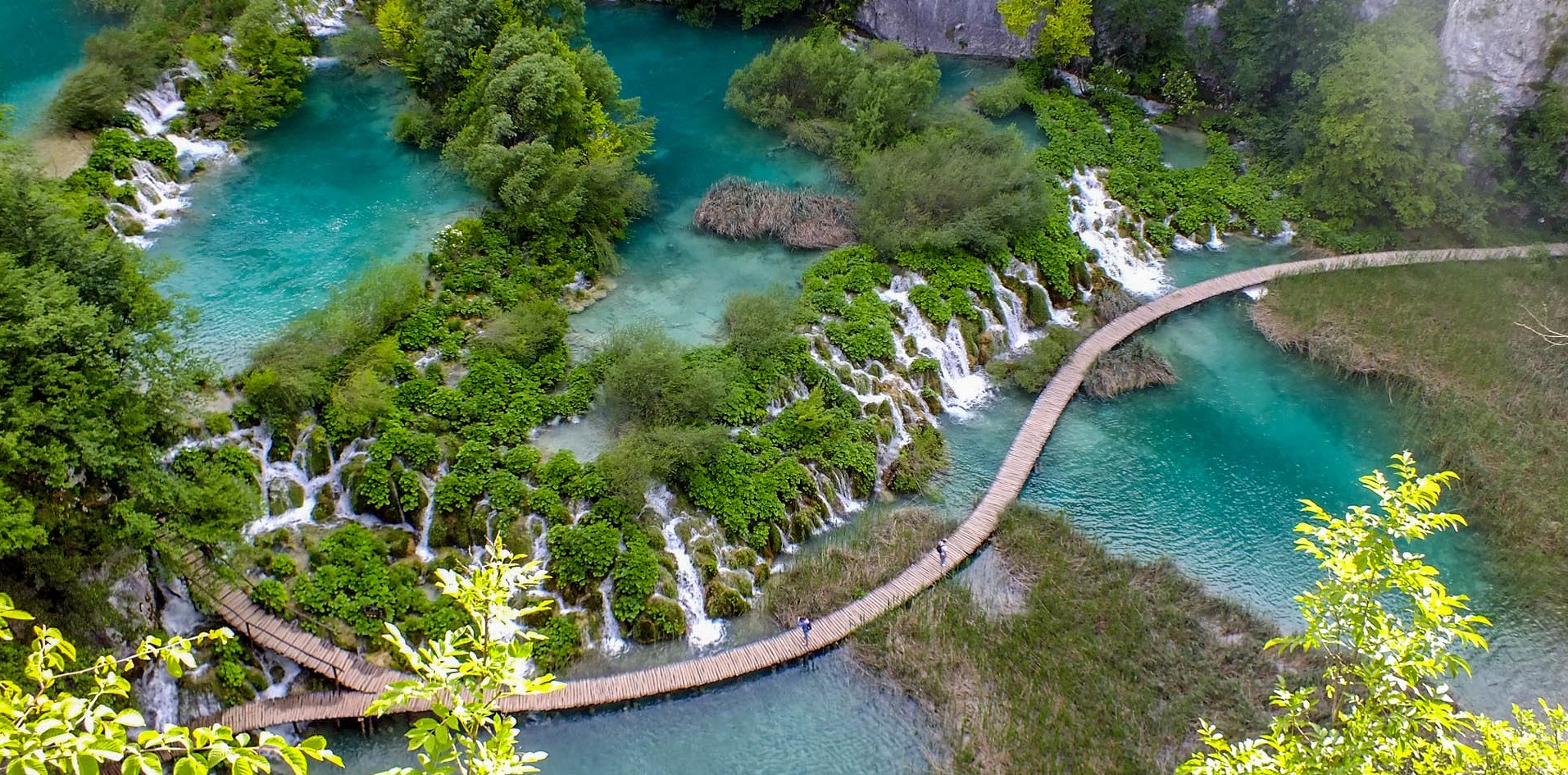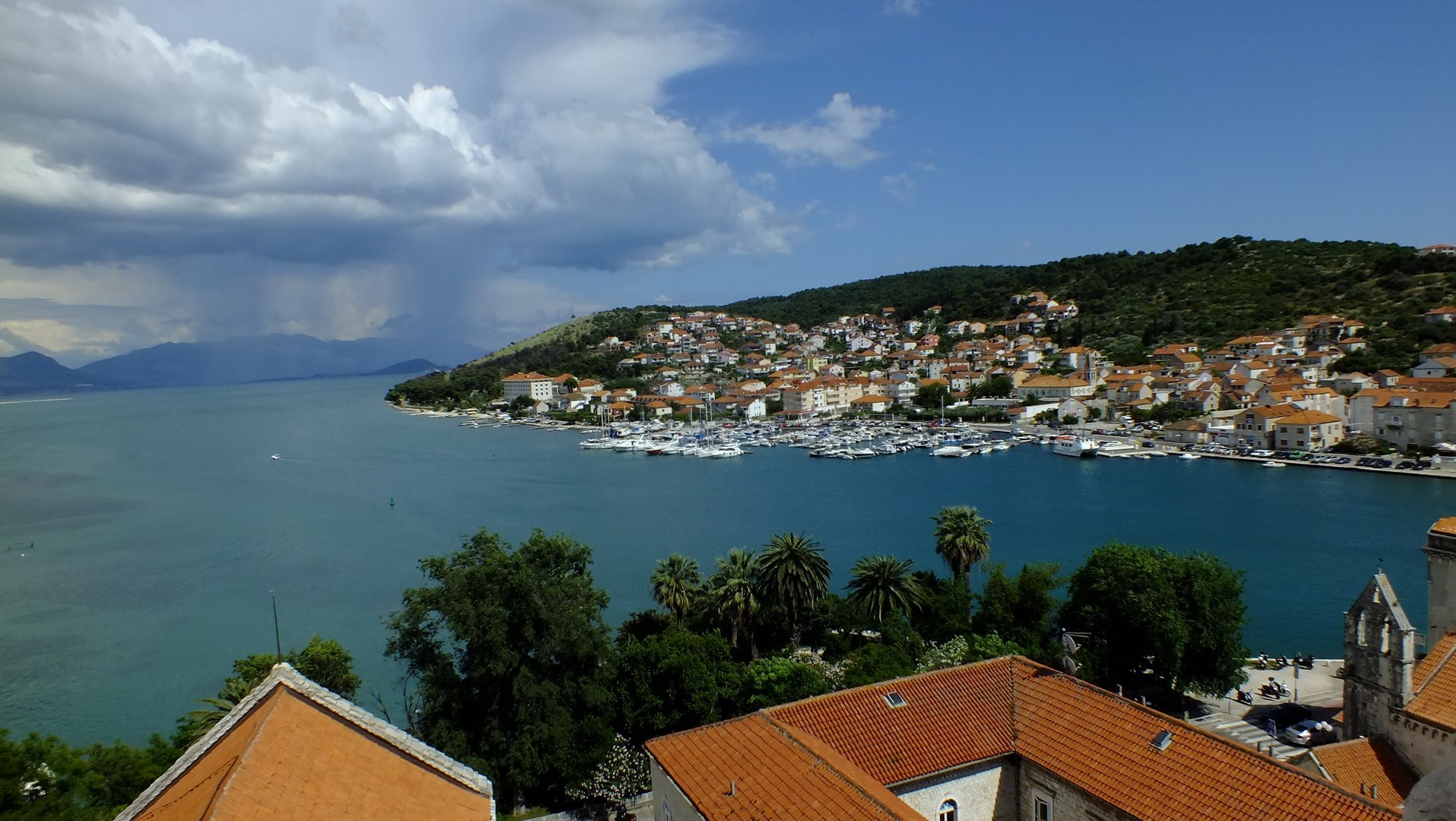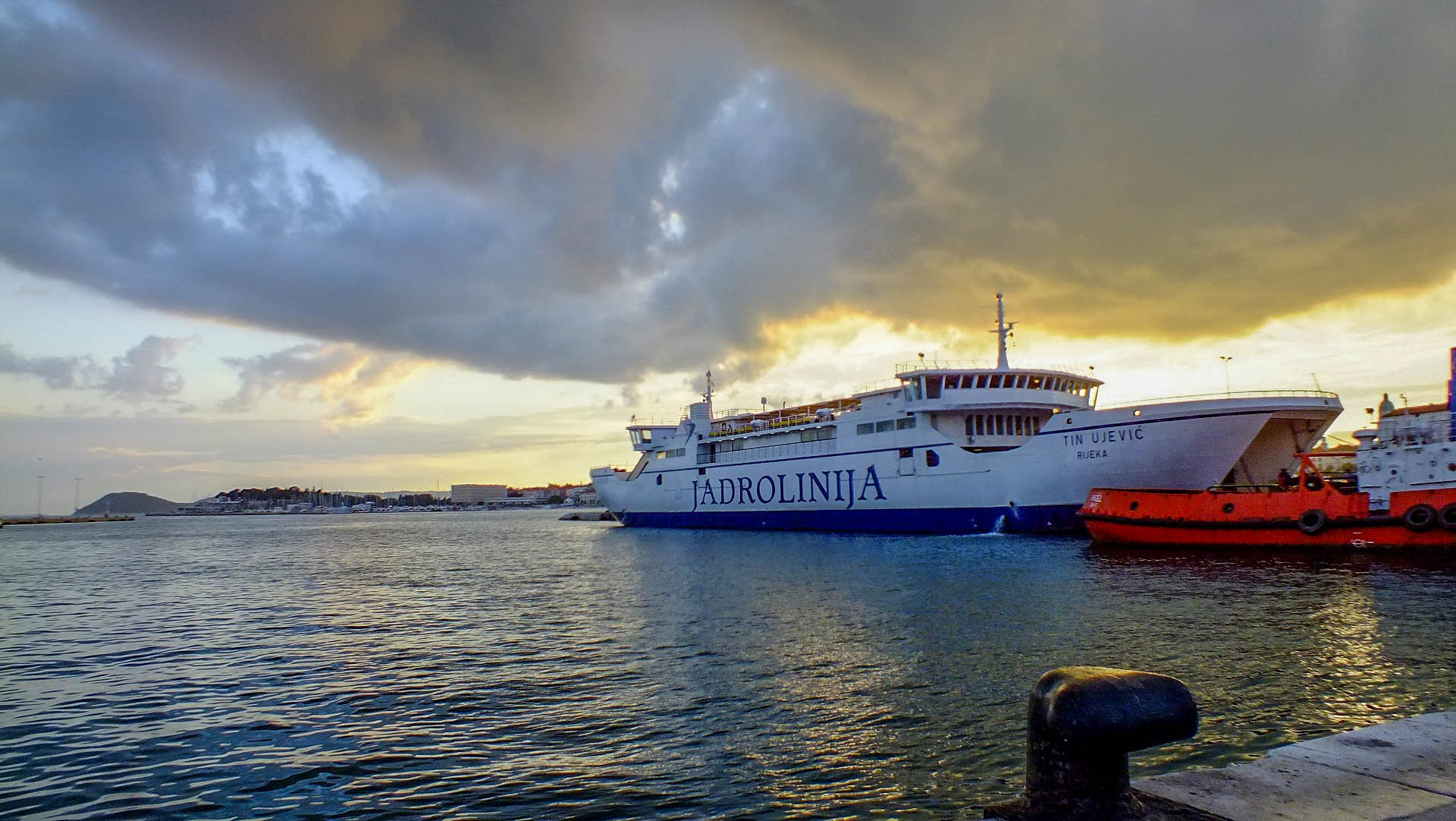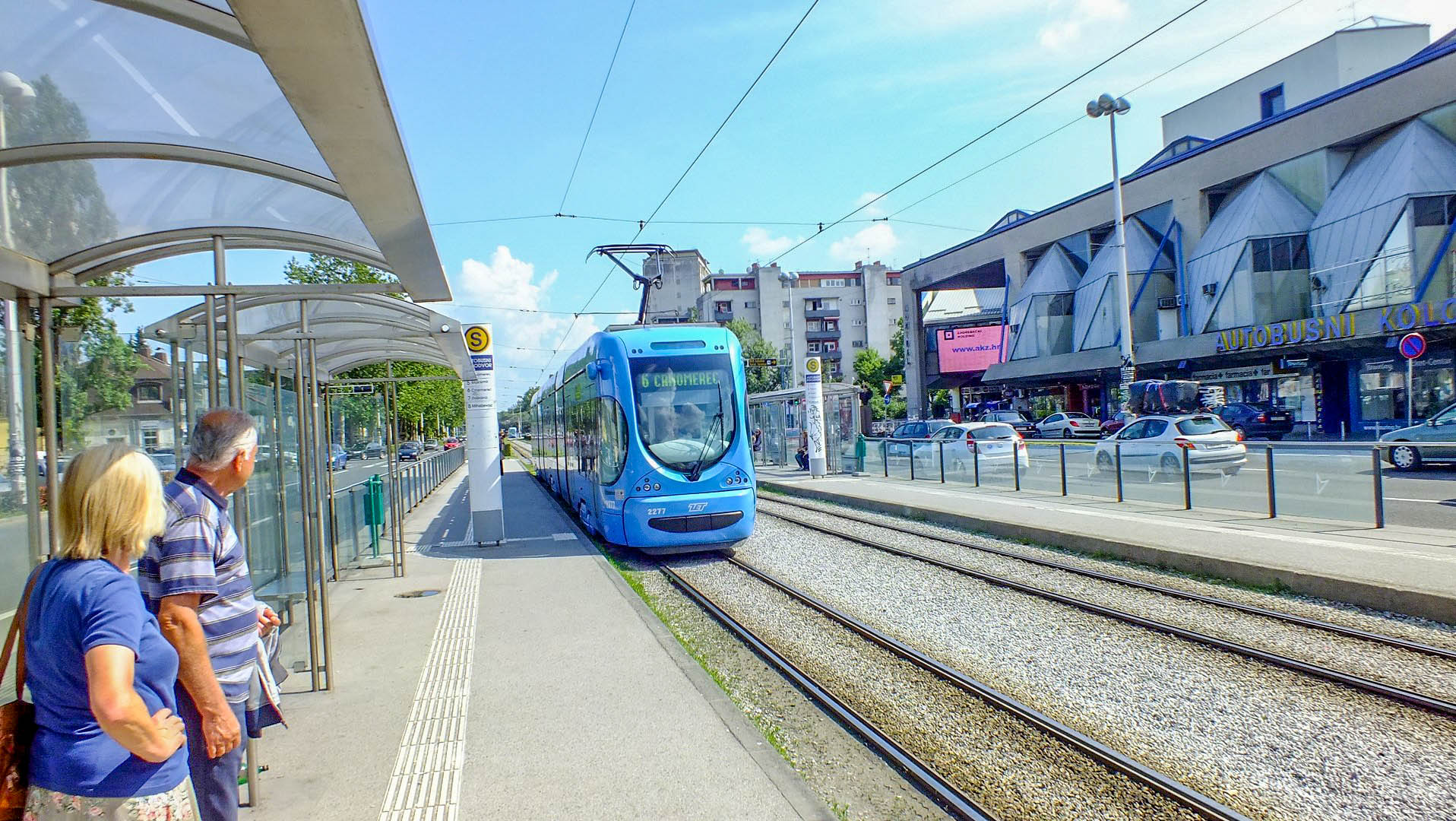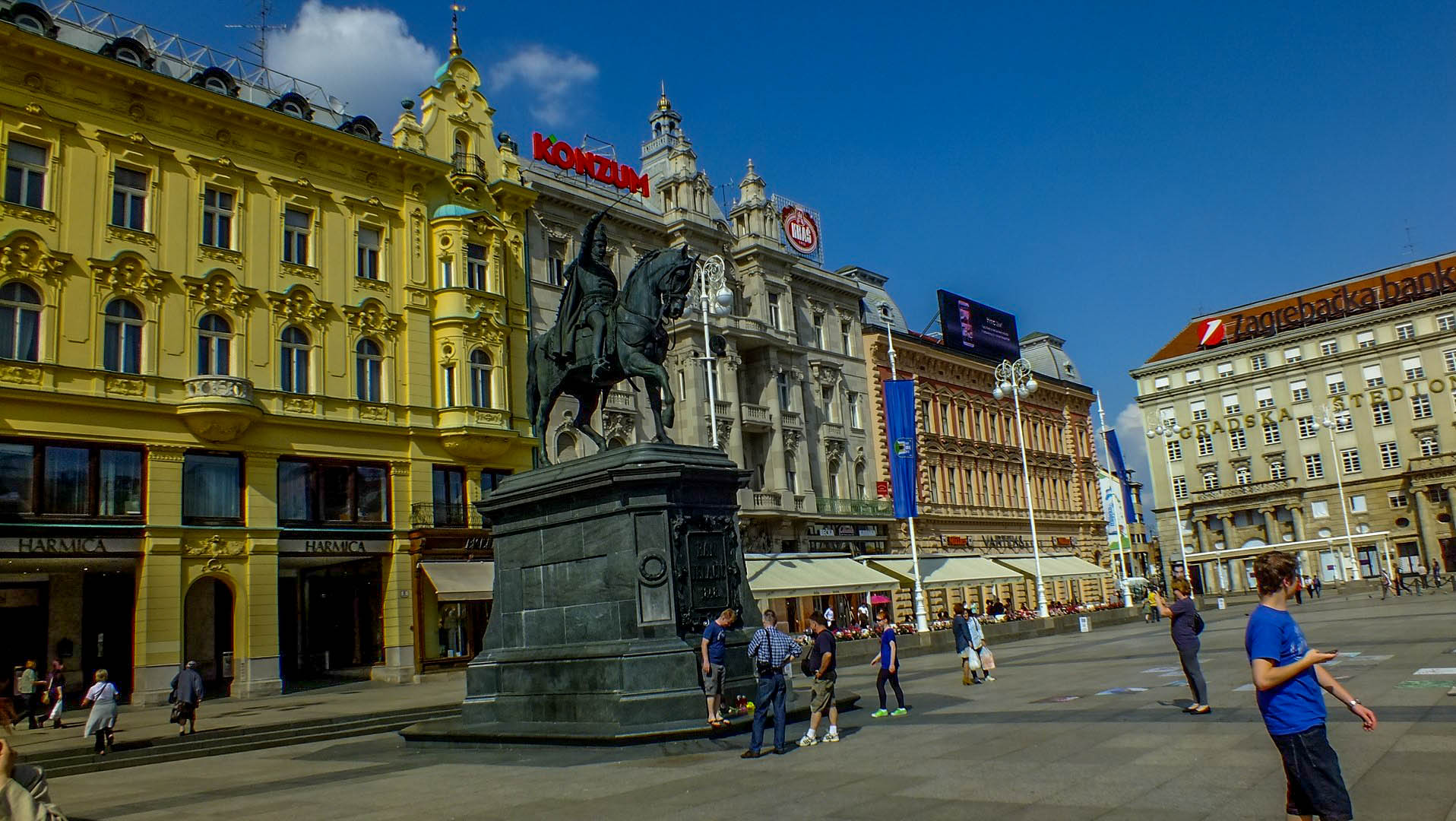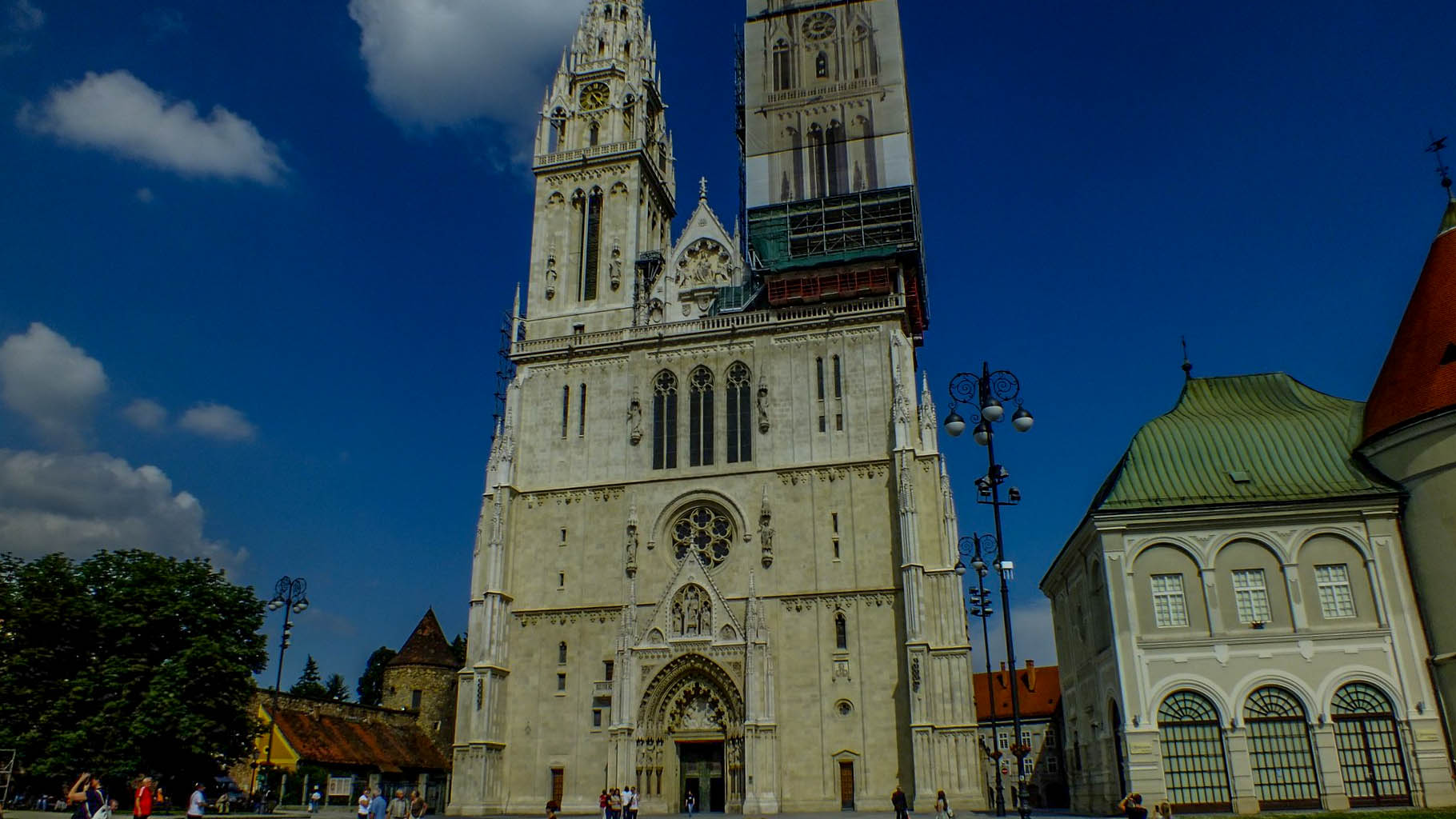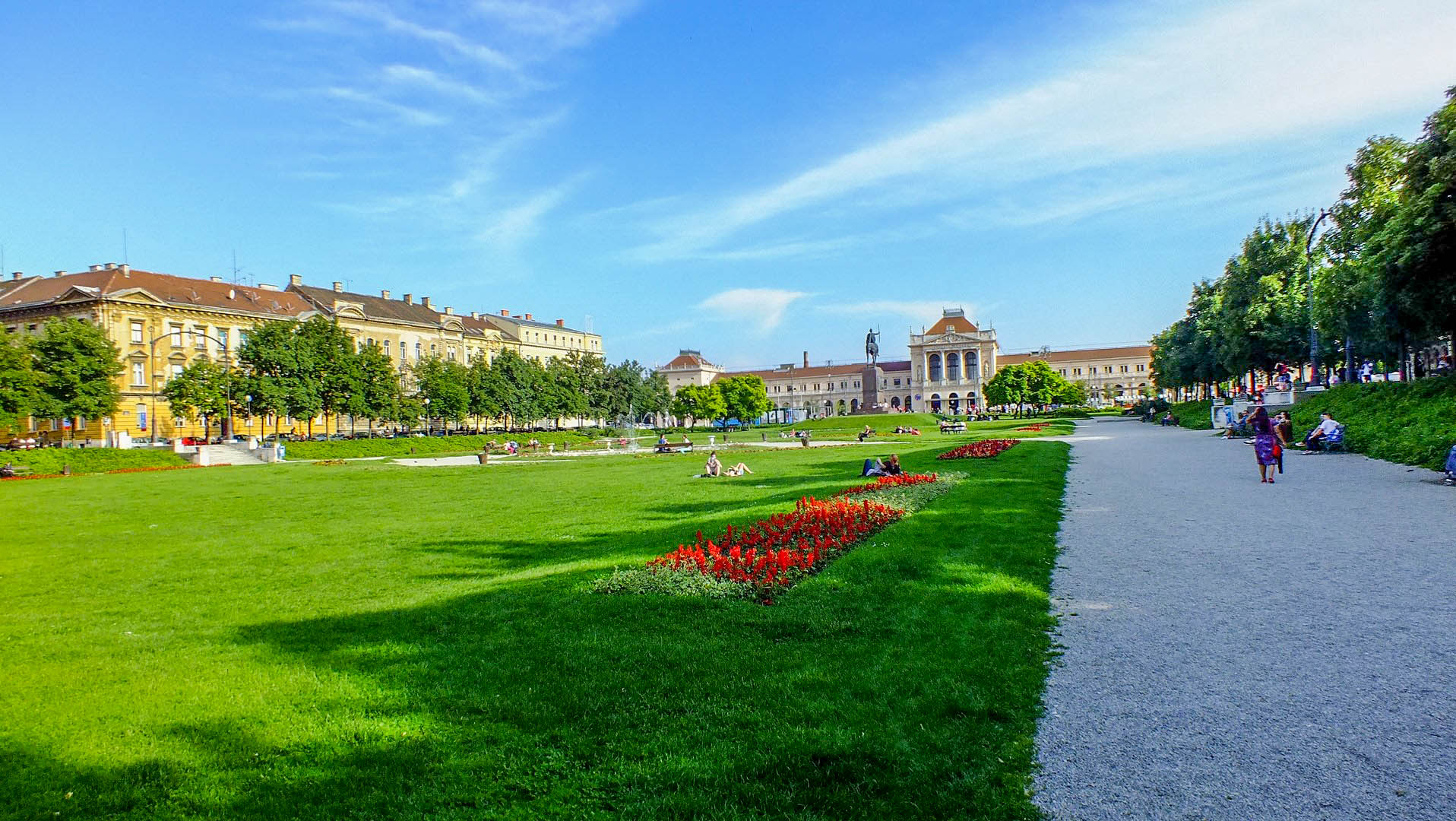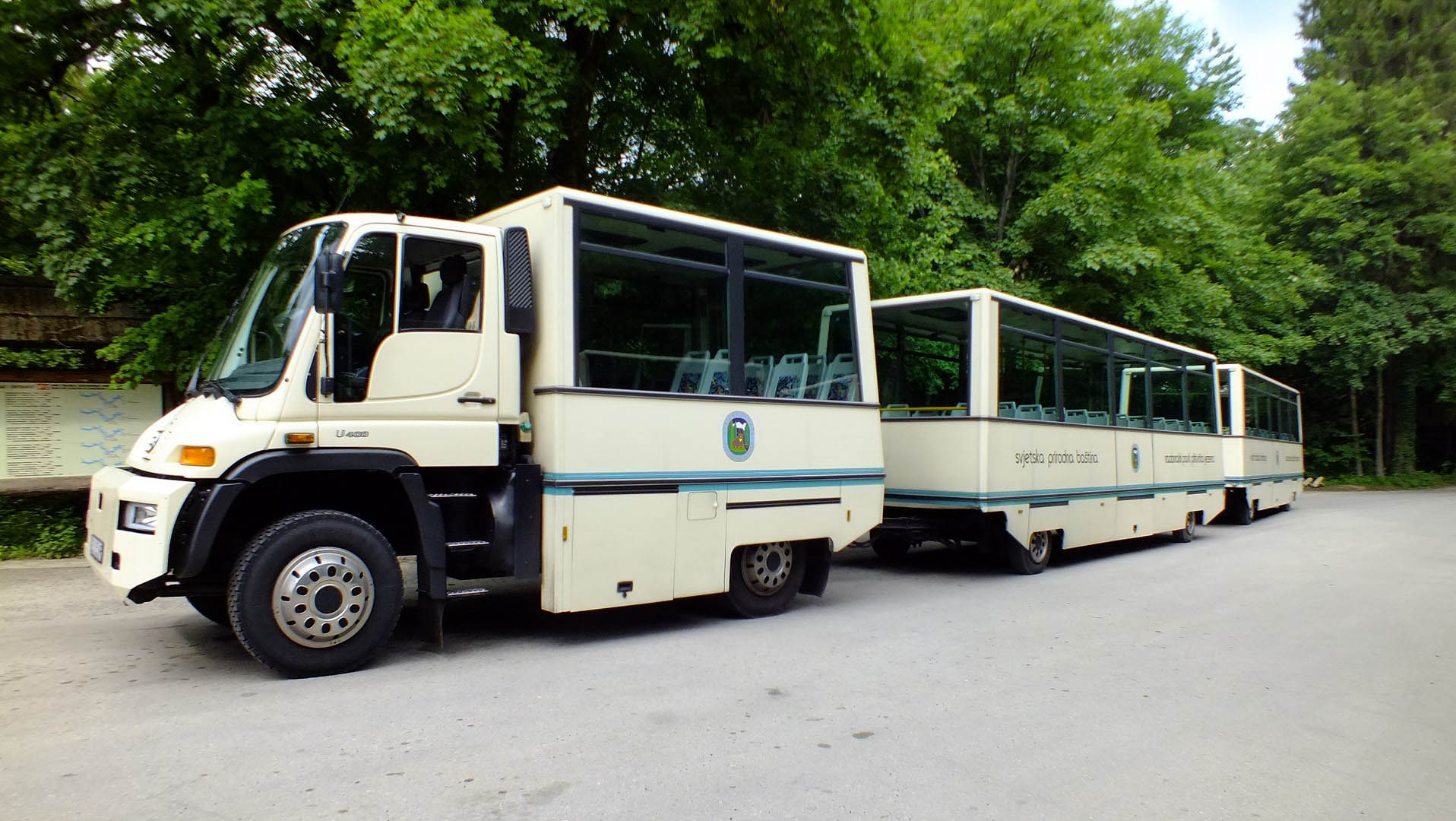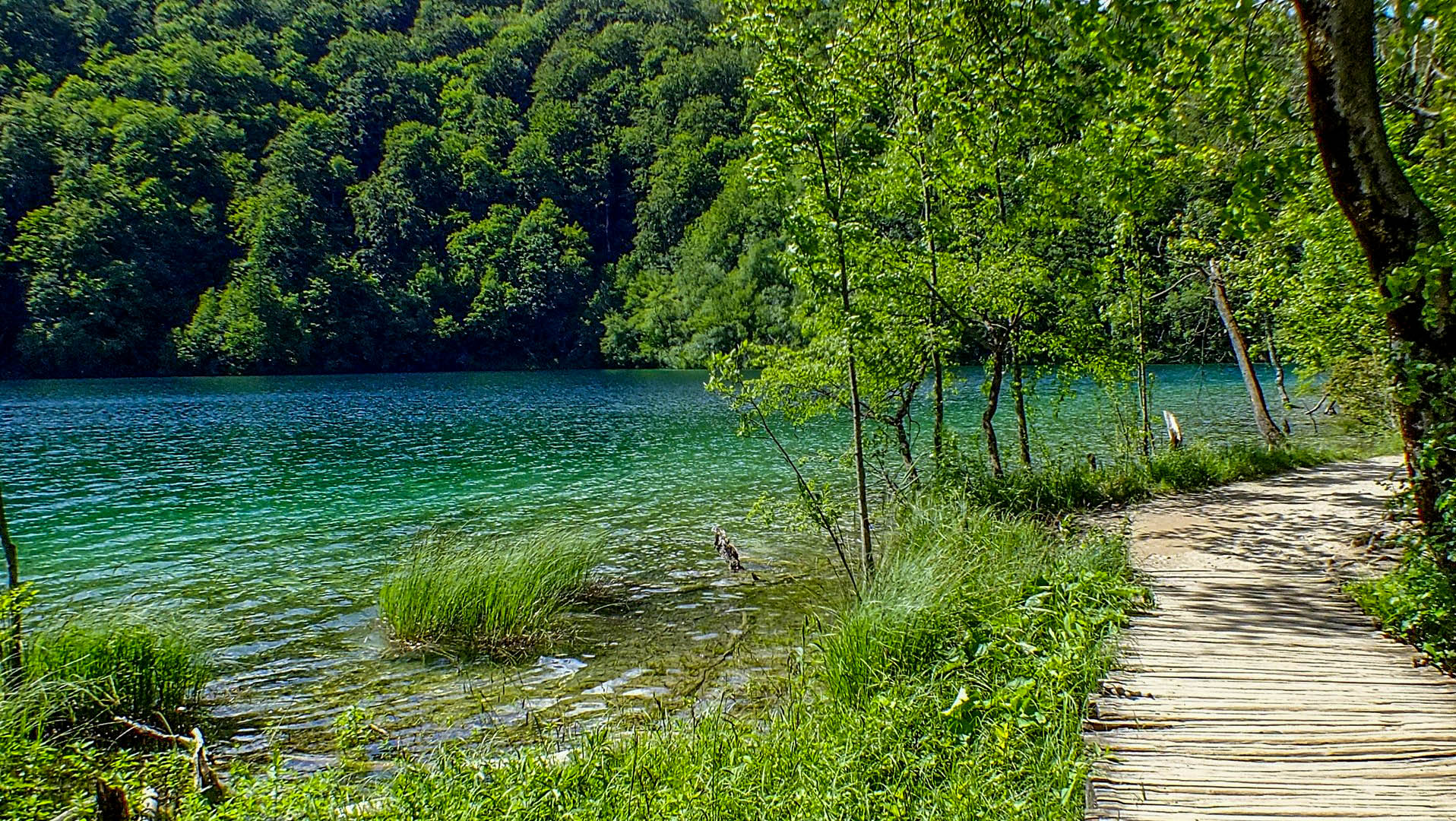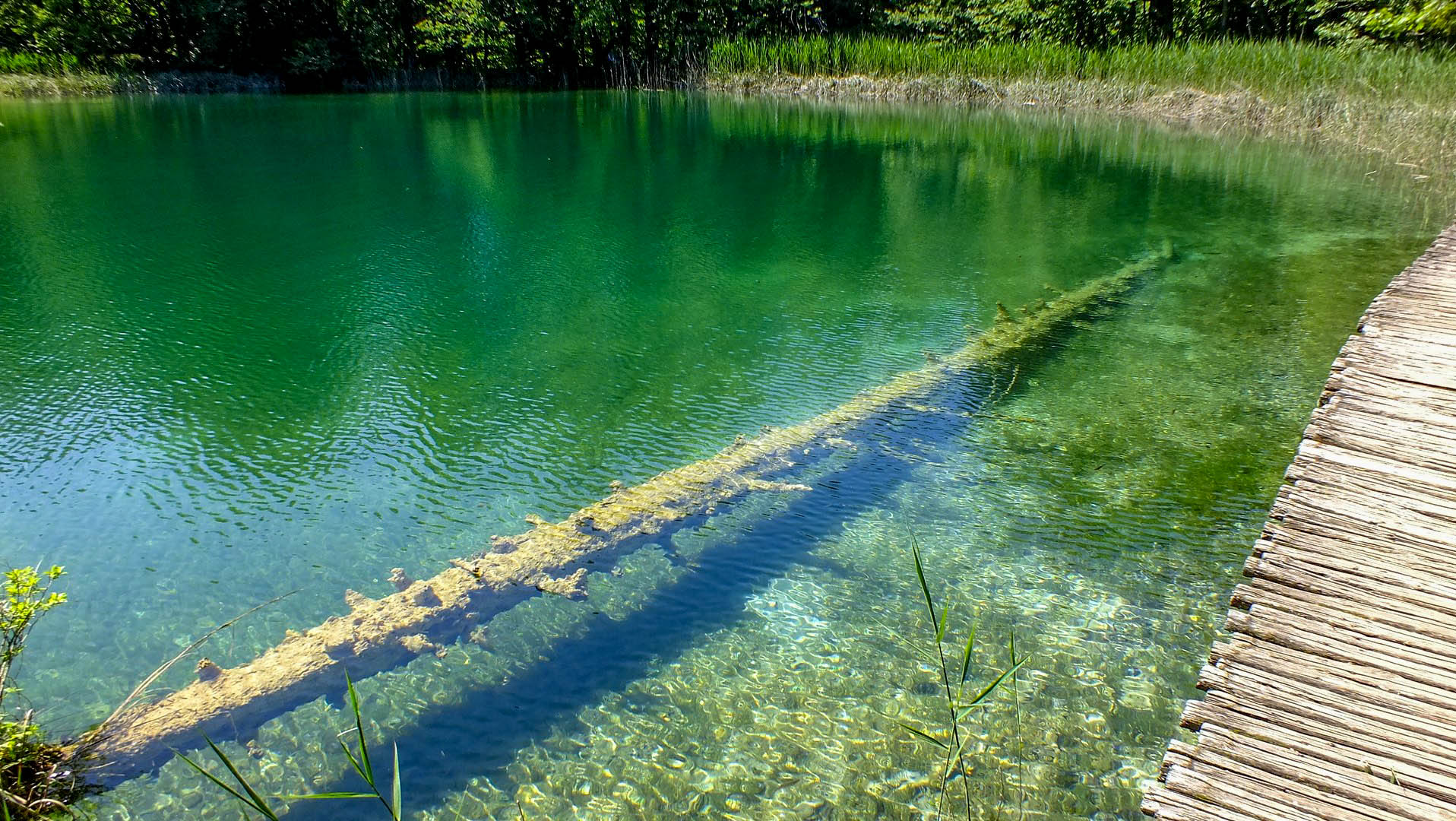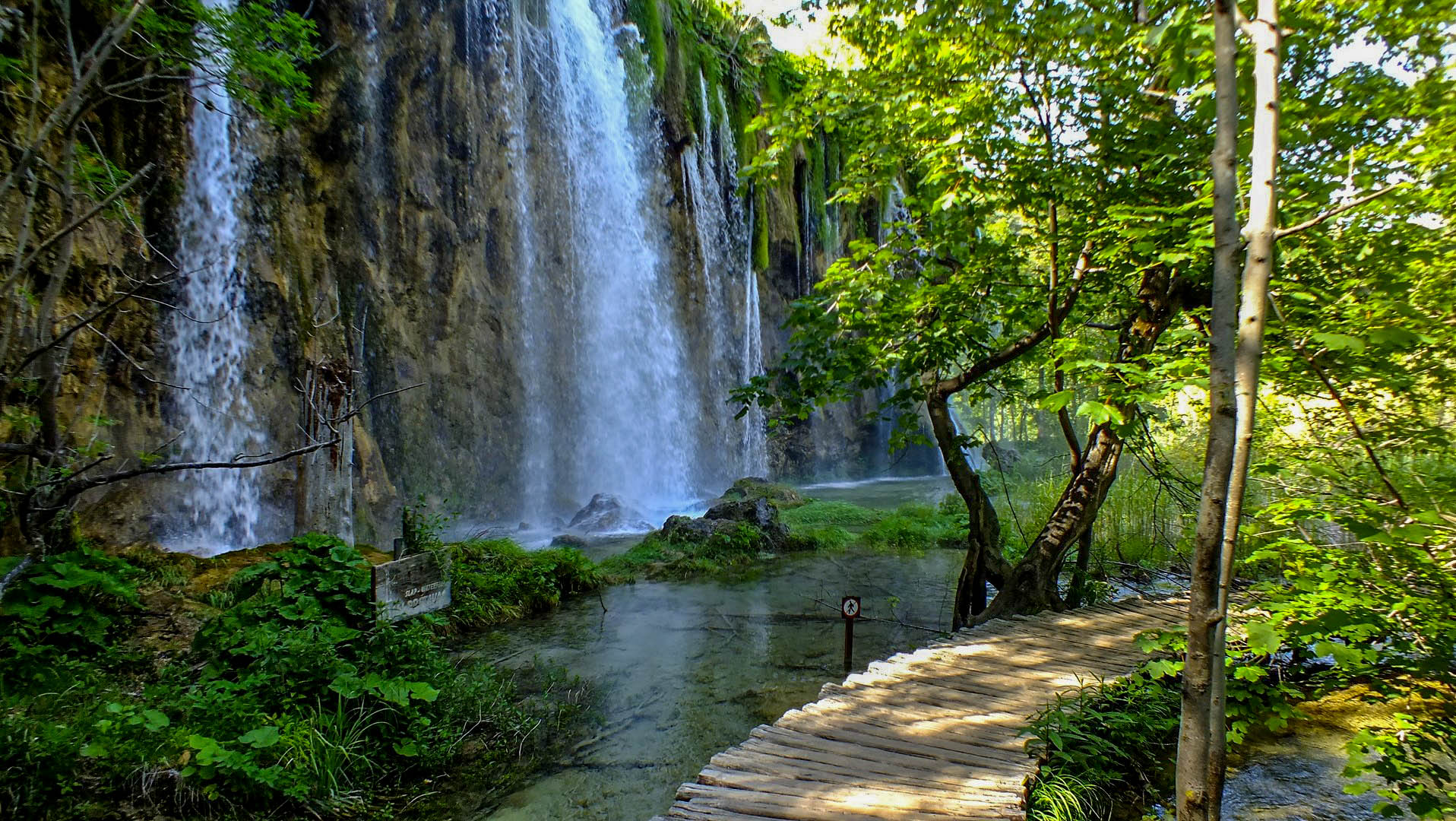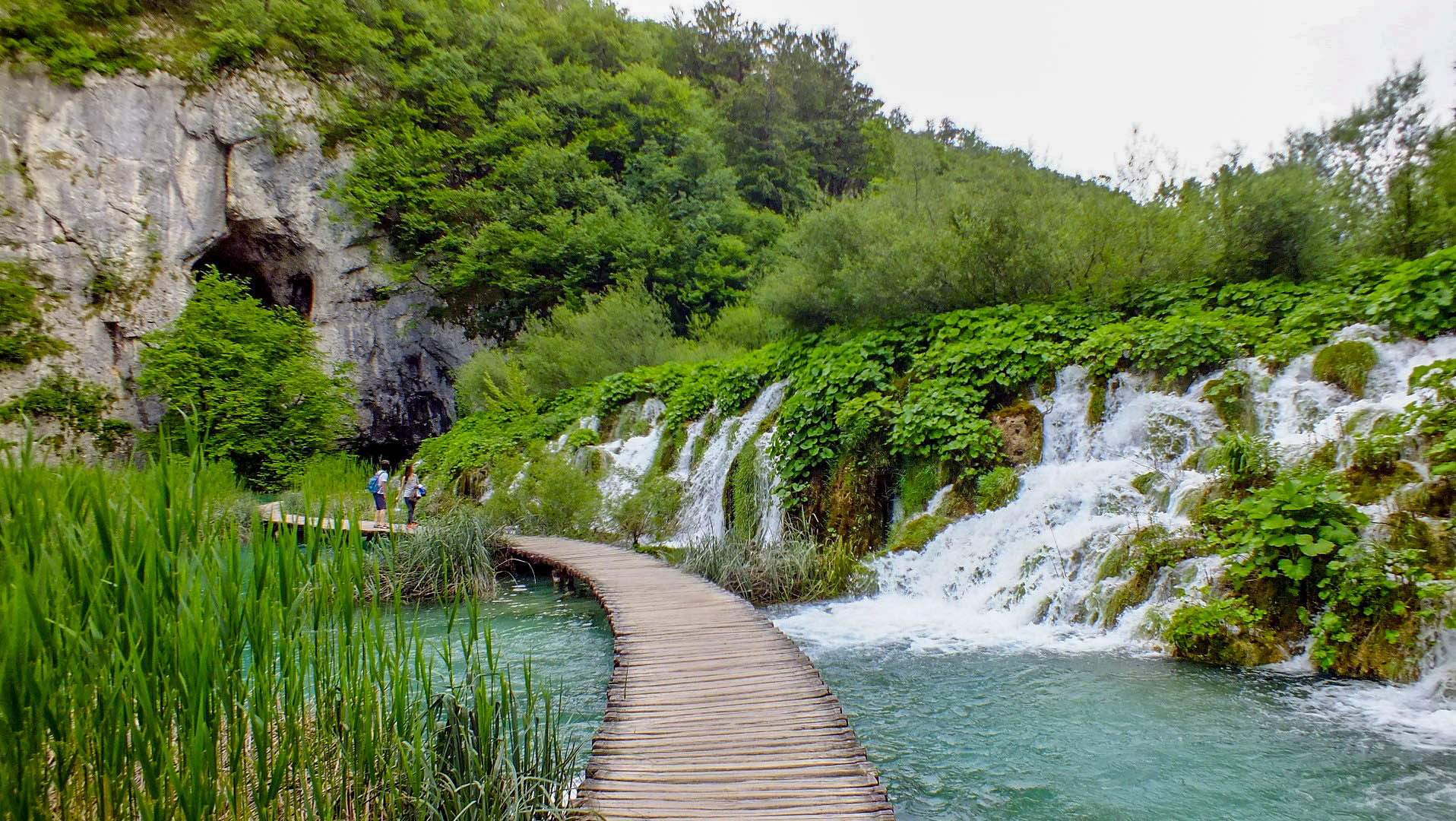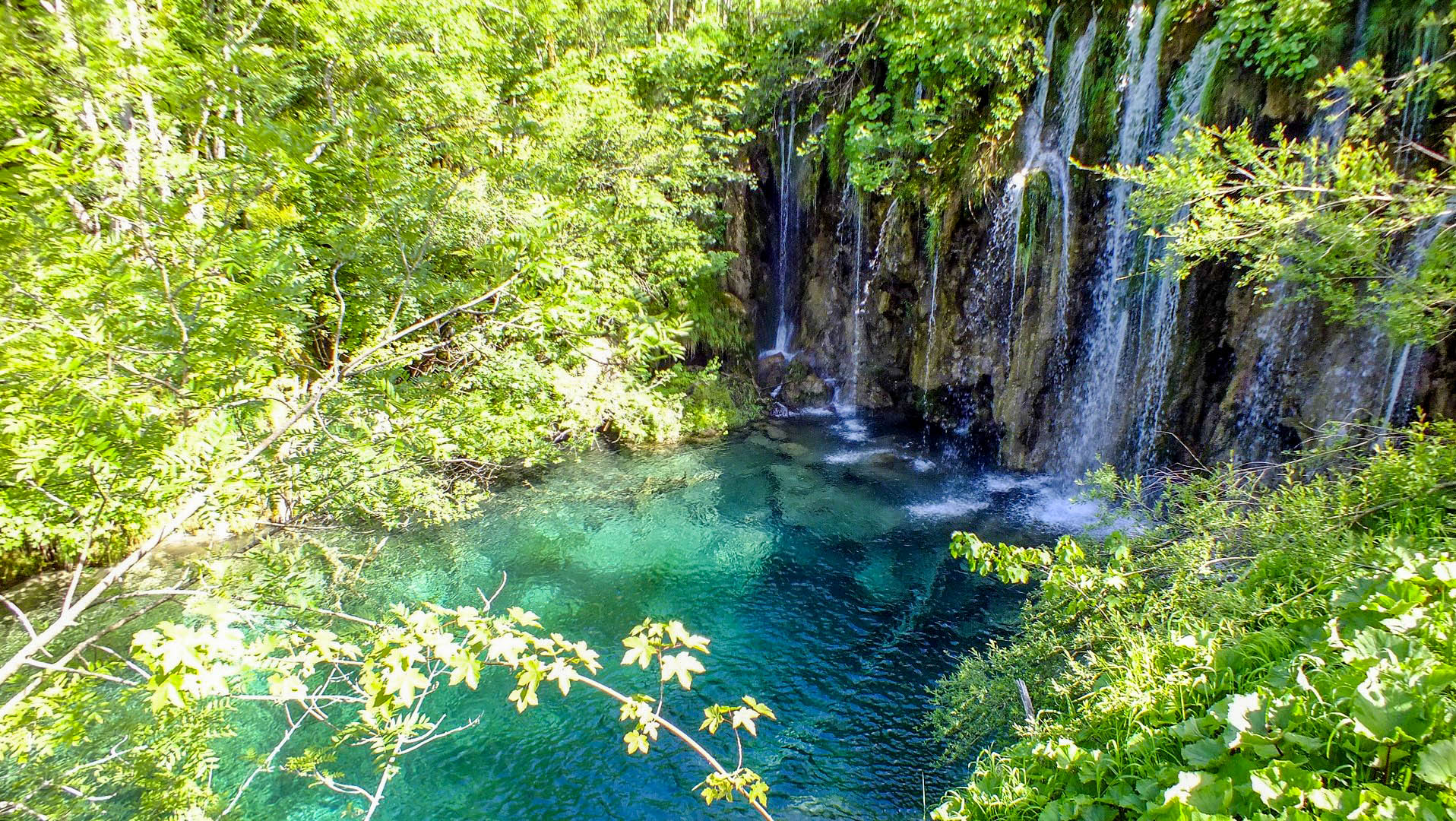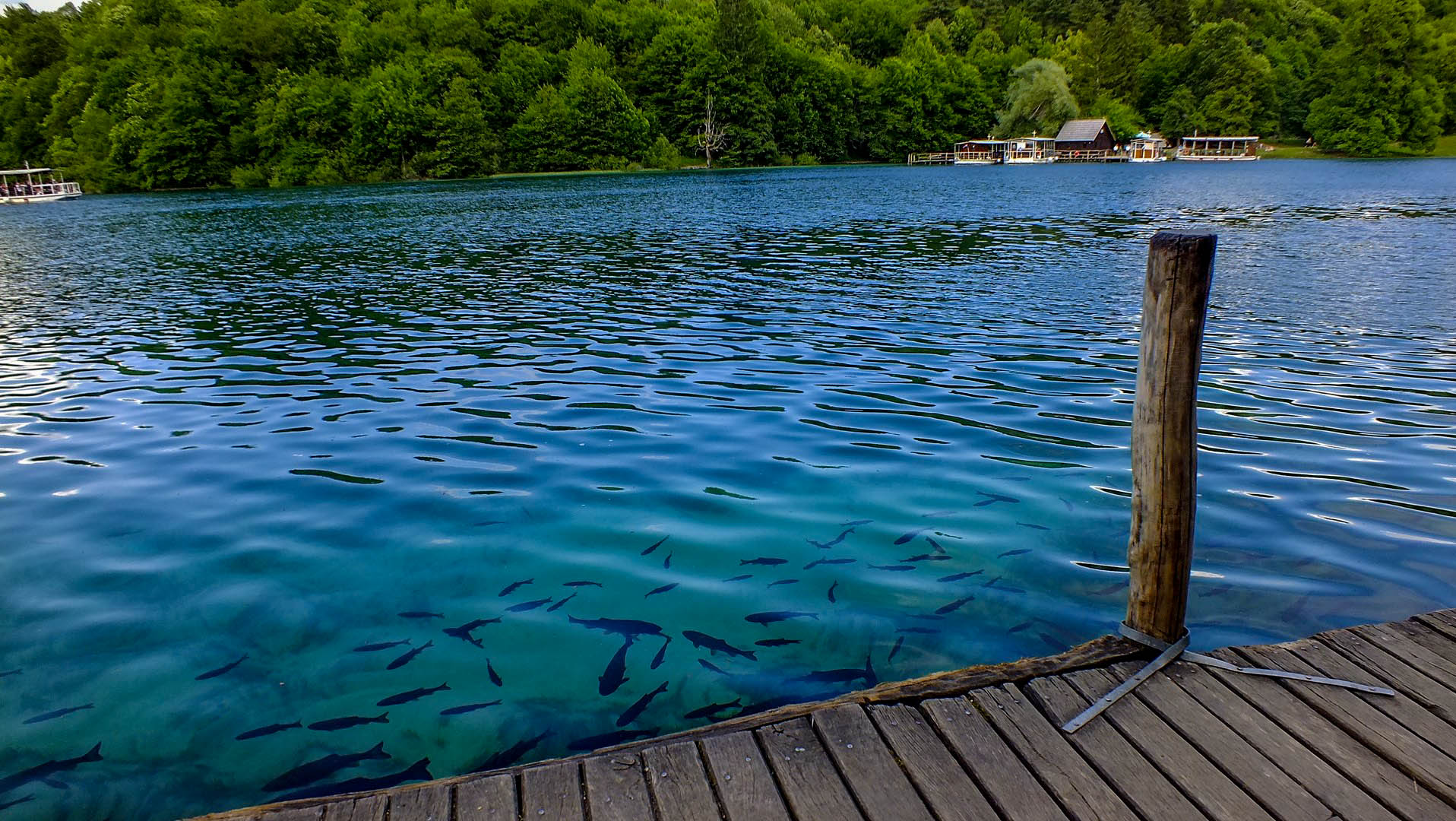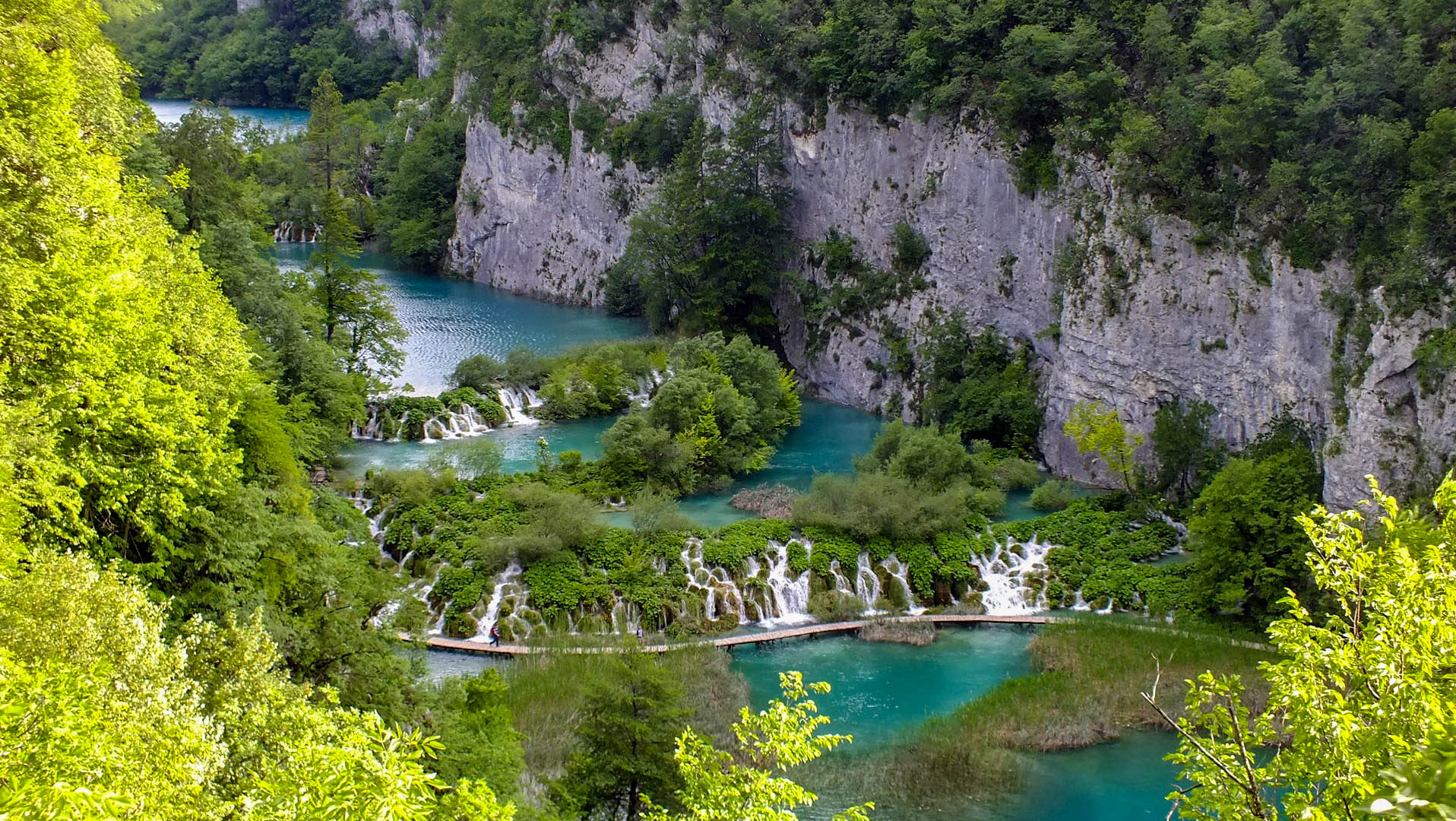Croatia ? Sounds vaguely familiar, but don’t quite know or remember ?
Croatia is on the Mediterranean sea, across the Adriatic from Italy. There are thousands of islands off the coast – also called Dalmatian coast. Lots of coastal towns, pretty as a postcard, with their orange riled roofs. It is one of the erstwhile Yugoslavia republics. Like most of the other East European countries – Austria, Hungary, Czech Republic – Croatia has opened up to the world only in the late 1990s and it is still not fully explored. It also helps that the country is generously endowed with a beautiful Dalmatian coastline, lots of Roman outposts, the magnificent Plitvice National Park (pictured above) and genuinely nice citizens.
There is just way too much to say about each of those places in Croatia, so let us just go chronologically
Planning
Once Croatia was finalized, the itinerary planning becomes very important because unlike Western Europe, Croatia is still finding its tourism feet. Some modes of travel are open only in certain months of the year. Some journeys are incredibly easy one way but quite difficult to do the reverse – just like that. Trains serve only a small part of the country. Finding out such quirks and planning your way around them is very important because with limited vacation days, there usually isn’t any day to spare to account for travel hiccups.
Our two must-see places in Croatia were Plitvice National Park and Hvar town. As we started reading up about the country, we really wanted to sail down the cost of Croatia, starting from Rijeka/Zadar in the north till upto Dubrovnik in the south, touching all the beautiful towns on the way. However, such “public” option is just not available. You’d have to charter a yacht which cost something from 30k-50k per head. The state ferry company Jadrolinija (http://www.jadrolinija.hr/en/home) has ferries on fixed routes, but they do not necessarily follow the tourist path as they cater to local small populations too.
PS – Jadrolinija publishes a new schedule online for its ferries every year. Quite a few of their services run only in summer months. So check carefully before making a itinerary.
Our travel time, first week of June, was the start of tourist season in Croatia (it peaks in October) After a lot of analysis, we finalized on the following itinerary which covered as much of the country in 9 days, in reasonable expenses.
Day 1 : Arrive at Zagreb (via Frankfurt) in the morning. Explore Zagreb
Day 2 : Leave for Plitvice by bus. Arrive at around 10. Explore Plitvice
Day 3 : Leave for Split in the afternoon. 3 hours by shared taxi
Day 4 : Explore Split. Day trip to Trogir (a UNESCO Heritage city)
Day 5 : (Initial plan for motorboat ride to Hvar. Cancelled due to bad weather) Day trip sailing to Kornati islands
Day 6 : Bus to Dubrovnik. 5 hrs by road. Explore Dubrovnik
Day 7 : Three island tour : sailing to Elaphiti islands surrounding Dubrovnik
Day 8 : Early morning flight to Zagreb. Day trip to Varazdin (a UNESCO Heritage city)
Day 9 : Fly back to Mumbai (via Frankfurt)
(There are quite a few other famous places we could not go – Zadar, Rijeka, Losinj etc)
Visa
Croatia, in 2013, is not part of Schengen visa, though apparently they are going to be from 2014. The documents required however, are very similar to that when applying for Schengen.
- Passport copy
- Photos (35×45 mm, white background)
- Verification letter from consulate *
- Copy of return flight tickets
- Health insurance
- Hotel reservations for the entire duration of stay in Croatia
- Copy of bank statement for 6 months
- Copy of income tax returns for last 3 years
- Salary statement for last 6 months
- Copy of international credit card
- Copy of said credit card statement for last three months
- Letter from employer as proof of employment
- Proof of payment of visa fee
- Day to day itinerary
Croatian embassy in Delhi prefers to receive queries by email (croemb.new-delhi@mvep.hr) and they respond reasonably quickly with answers. They aren’t very big about communicating on phones.
* The main quirk in the Croatian tourist visa is the requirement of hand delivering the visa application. You cannot courier/mail them applications. It has to be hand delivered, and that too by the applicant themselves. I am not sure why the embassy wants to see the applicants in person, but they must have their reasons. The way to avoid having to go to Delhi, is to take an appointment with the Mumbai (or Kolkata) consulates. They will review all the above documentation, ask you some basic questions about itinerary and give you an “endorsement” letter saying they have met you. Once you have the letter, you can hire a good travel agent (we used Thomas Cook) to hand deliver the application on your behalf to the Croatian Embassy in Delhi.
The visa fee was Rs 2,400 per head and Thomas Cook charged us Rs 2,000 per head for the hand delivery to Delhi
Travel
There are no direct flights to Croatia from Mumbai (or anywhere in India). We had option of flying via Frankfurt, Munich, London, Paris, Istanbul, Zurich etc . Turkish Airlines via Istanbul was the cheaper option but there was a 10 hr layover at Istanbul. Lufthansa (via Frankfurt) had the smallest layover( 2hr10 min) and that’s what we took. It cost a little over Rs 60,000 per head for return tickets.
Frankfurt airport is nothing to write home about. Quite low ceilinged and somewhat dark – nothing opulent like Dubai or snazzy like Hong Kong or Changi.
However what is worth bitching about is the aircraft Lufthansa gave us on our return Frankfurt-Mumbai flight. It is a 8+ hr flight, and there was NO entertainment option on the flight. It was probably one of those 20 year old Boeings. Those planes should not be used for intercontinental travel. After the flight, talking to other people, I came to know that very ‘often’, India-bound flights have the older planes with zero entertainment. If you can afford it, avoid Lufthansa and go via London, Amsterdam or Zurich. Or carry enough ipads/books for your timepass
* VERY IMPORTANT. You shouldn’t take Lufthansa if you do not have a Schengen or a multi-entry US visa (H1/B1). Even for transit flights. Lufthansa staff was about to not let us board our flight because we did not have a Schengen visa. Thankfully we both had US B1 visas due to work – and they let us board the flight. And not surprisingly, no one bothered to check that on our return journey either at Zagreb or at Frankfurt
Zagreb
Zagreb is the capital and biggest city of Croatia. It is a beautiful little city, but much smaller than more famous European capitals. It still has vestiges of telltale communist architecture on the outskirts of the city. But overall, it still is so much cleaner and neater than ANYTHING in India !! There is a regular bus shuttle from the airport which took us to the main bus terminal in the centre of the town. The bus stations in Croatia are called Autobusni Kolodvors. They are the central transit hub of all towns (intercity buses are the way to go in Croatia)
Zagreb has a very nice network of trams spread well across the city. They are very well maintained, nowhere even half full and are very frequent. At 10 kuna per ride (1 kuna = approx Rs 10), it made great sense for longer travels but a pinch expensive for just 2 stops. However, we soon realized that there was essentially no checking for any tickets. The doors opened at the press of a button, not an electronic ticket, so you theoretically did not need a ticket (locals had monthly passes of course). Also, weirdly, the only place to buy the tickets were the convenience stores next to the tram stops – there is no vending machine or official ticket seller. Each tramstop had 2 such stores – one on each side of the road (trams ran on tracks in the middle of the road). On our first trip on the tram, we thought we’d buy tickets aboard the tram but found there is no option of doing that. We got down at our stop, feeling guilty about our freeriding.
* We freerode one more time in Zagreb when we reached just in time for a tram and we did not want to wait for the next tram.
The central part of Zagreb is the prettiest and resembles other European cities with 17th century style buildings, interspersed with beautiful parks with citizens (and their babies) enjoying the start of summer. The town square – called Jelačić square – is the nerve centre, surrounded by high-end shops, restaurants etc. We spent our first day in Croatia exploring Jelačić square, the gardens surrounding it, the Zagreb Cathedral and Maksimir Park.
Zagreb Cathedral, with its two huge towers, is the tallest building in the whole of Croatia. During our visit, unfortunately, one of the towers was under renovation and covered with scaffolding. But it is still a beautiful building. On the grounds next to the Zagreb Cathedral are these old walls dating back to the Crusades. With Zagreb not having a single skyscraper, the Cathedral is the highest building in the city (and in the country). The interiors are typical of big European churches – high ceiling, stained glass windows and chandeliers. Overall, the cathedral’s exterior is more imposing than the interior.
On the way back to our hotel, very close to Jelačić, was a small little park called Zrinjevać . We sat a while with popcorn, watching Zagreb citizens go about their daily life. Kids running around and dogs playing. Staying in Europe undoubtedly has its charms and these clean open parks etc are definitely one of the beautiful things in any European city. Next to the park was a pretty yellow Art Pavilion building followed by more open parks where older kids were playing sports.
Our last stop was Maksimir Park. Maksimir is very much like New York’s Central Park in nature. Spread over a thousand acres, it has small lakes, cute bridges over them, empty grassland amidst trees, an observation tower, a small zoo for children and whole horde of Zagreb citizens with their baby strollers, dogs, bicycles, skateboards, rollerblades etc. Overall Zagreb citizens came across as very outdoorsy – and going by the number of babies, very procreating (procreationist?)
Plitvice National Park
Plitvice Jezero – or Plitvice National Park – is a UNESCO World Heritage site. It is a forested area on limestone hills. Over centuries, the water has cut through the limestone and arranged themselves into a series of lakes and falls amidst the hills. The dissolved limestone gives a beautiful green blue tinge to the water. There is a fabulously designed walkway made of wooden logs all around the park, following the lakes and the waterfalls
After checking in, we took an early lunch and reached the park entrance. Inside the Park, there are multiple trails through the lakes, of varying distance. We decided on the longest trail – H – hoping to cover as much of the park. The trails are so designed that a road train (photo below) ferries tourists to the top, at the start of the trail, and then they walk down the various trails to the lower lakes. The H trail also includes a lake crossing in an electric boat.
The beauty of Plitvice is beyond mere words. The gushing water in the waterfalls, the turquoise hued water and the amazing clarity left us spellbound. The H trail ends in a big waterfall called Veliki Slap. The serpentine trails around the lakes is a sight which will remain forever etched in our minds. We will let the photos talk
Accomodation
Accomodation is a little tricky in Plitvice. There are 3 old hotels situated inside the park, next to the entrance – Hotel Bellevue, Hotel Plitvice & Hotel Jezero. These are Soviet-era constructions. Lots of (200+) rooms, old world neat and clean, but not luxurious – and lacking maintenance is some places. For what it offers, it is somewhat expensive at €100 a night we paid (and upto €150 in peak season). Food is doubly expensive too. And the hotel is essentially designed for guided tours. Their main customers are busloads of old European tourists – with buffet meals. The hotel’s main charm is that they are just 100m from the park entrance.
The alternative is the town/village of Jezero about 2-3 km from the Park entrance. There are many small guesthouses, B&B’s and homestays available at better rates. More eating options too. But there is just no public transport between Jezero and the park gates. If you are driving a rented car, it is not a concern. But if you come by bus, you’d have to trek 2-3 km both ways in addition to your walking around the park. And the road is a 2-lane highway, with dense forests on both sides. Not ideal walking area, esp after dark.
Travel
We took a public bus from Zagreb to Plitvice. It is a 2.5 hour journey and we took the 7.30 am bus. Plitvice falls on the road from Zagreb to Zadar/Split, so there are about 10 buses departing for Plitvice through the day. On our way out, we were planning to catch one of the Split buses. But we found a shared taxi to Split with similar passengers like us. Cost a little more than the bus, but was faster than the bus
Note that
– While there are schedules, the buses might vary a little in timings, so it is good to reach the bus stop 15-20 min early.
– The bus stop itself is very small, but the buses do stop if you wave them down (unless they are full or are tour buses).
– In summer season in daytime, a couple of taxis wait at the Plitvice bus stop, for a shared taxi ride to Split/Zadar
We continue on the Dalmatian Coast in Part 2
